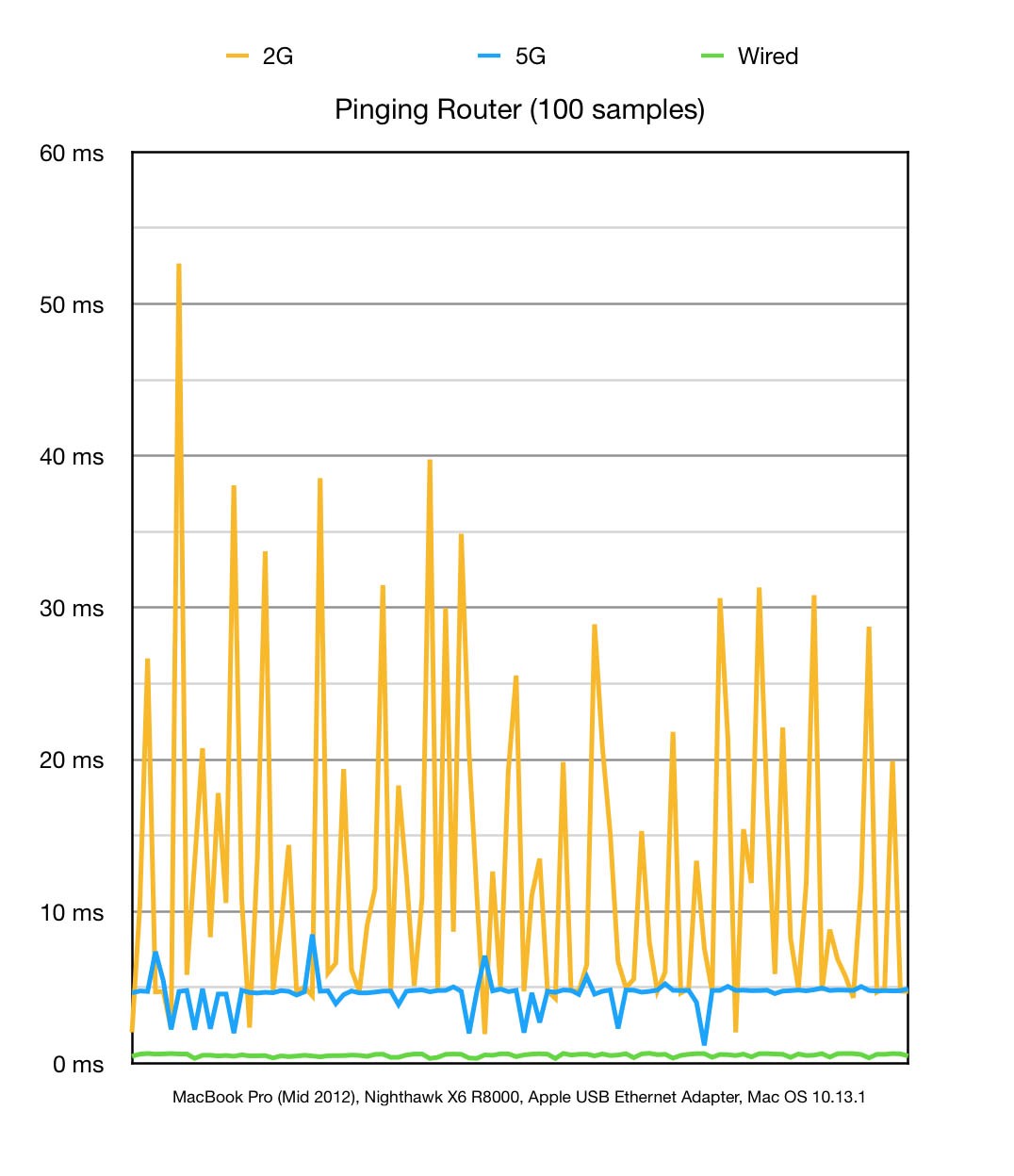A LAN adapter isn't everything
Table of contents:
On online mode
I’ve been getting into Super Smash Bros. Ultimate, and I want to play competitively once COVID-19 is over.
The best I can do for now is to play online. However, Ultimate’s online play is notoriously bad:
- The input lag is around 98 ms (~6 frames), which is on the high end for a fighting game (the highest listed in this article is Samurai Showdown with 94ms input lag).
- The game uses delay-based netcode instead of rollback-based netcode, which means that inputs are delayed until all participants have acknowledged them, rather than speculatively executed.
- The game uses peer-to-peer connections rather than centralized servers, which means that all parties are punished for a single party’s lag. This is a problem in both one-on-one play and in the Battle Arena format, where many participants may join, and the quality of the game is determined by the worst internet connection. (NB: a peer-to-peer connection can also have theoretically better performance if the route between players is shorter than a given player’s route to the server.)
Playing on Wi-Fi
There’s two main arrangements recommended to combat lag:
- Use a LAN adapter for the Nintendo Switch, rather than relying on Wi-Fi.
- Use a low-latency display (particularly one set to “Game Mode”, if available).
I used to play with a LAN adapter on my living room TV, under the assumption that having a wired connection was more important than having a low-latency display. Then I tried playing with my Switch on a small monitor at my work setup over Wi-Fi. What I discovered is that the opposite was true in my case: having a low-latency display produced better gameplay than having a wired internet connection.
Wi-Fi can be deployed in one or both of two bands: 2.4 GHz and 5 GHz. In this article by Parsec, they demonstrate that 5 GHz actually has quite low latency:

This diagram indicates the following:
- As a baseline, a wired connection has around 1 ms latency.
- 2.4 GHz Wi-Fi can have huge spikes in latency, routinely hitting 30 ms in their testing.
- 5 GHz reliably stays at around 5 ms latency, and in the worst case, only hits
- about 8 ms latency.
So 5 GHz Wi-Fi is definitely worse than a wired connection, but not by much. For context, 8 ms is about half a frame, so it would be barely noticeable in practice.
The display you use also can make a big difference. Gaming monitors might have on the order of 10 ms lag. My living room TV is an awful 70-inch Samsung smart TV, and I have nothing but bad things to say about it. Besides smart TVs being inherently bad, this particular TV was not marketed as a gaming display, and it seems to have a huge amount of latency, even with Game Mode enabled.
The difference became noticeable only now that I’m playing at a higher level than before. elitegsp.com currently estimates me at the 98th percentile of online players. (My guess is that this would be around the 40th or 50th percentile for in-person players).
After switching to a better monitor, I find I can suddenly react to things I was unable to before. I can catch ledge get-up options more reliably; I’ve started being able to jump over to Samus’s fully-charged charge shots, etc., on reaction, which has never happened before; some of my tight combos even seem more reliable.
So Wi-Fi online play needn’t be that bad!
Related posts
The following are hand-curated posts which you might find interesting.
| Date | Title | |
|---|---|---|
| 30 Jul 2020 | (this post) | A LAN adapter isn't everything |
| 04 Aug 2020 | Smash Bros: the parabola rule | |
| 10 Mar 2021 | On Pro Controller stick drift | |
| 02 Apr 2021 | Anecdata: hours invested vs percentile rank | |
| 08 Jun 2021 | My easiest-to-fix Smash mistakes | |
| 04 Nov 2022 | Playing Elden Ring in the cloud | |
| 01 Jan 2023 | Update #1: Playing Elden Ring in the cloud |
Want to see more of my posts? Follow me on Twitter or subscribe via RSS.